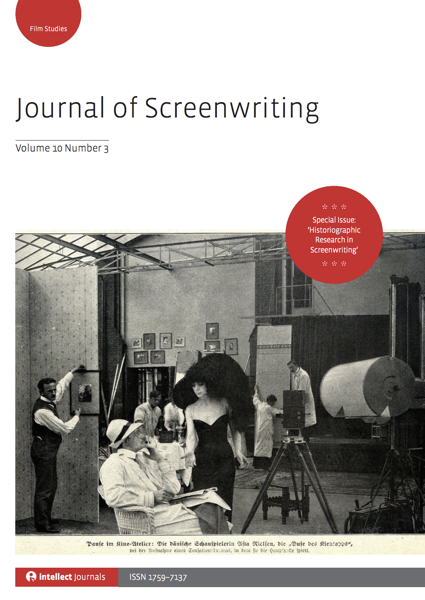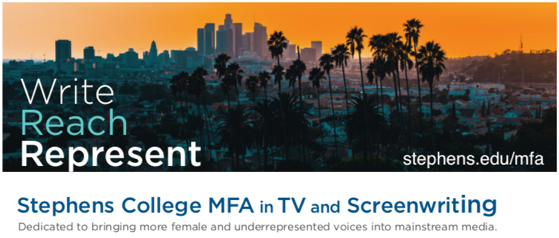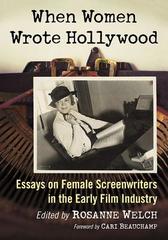Watch this entire presentation
Subscribe to Rosanne’s Channel and receive notice of each new video!
In honor of Halloween – and in service to my teaching philosophy —
“Words Matter. Writers Matter. Women Writers Matter.”
I presented this holiday lecture “When Women Write Horror” on Tuesday, October 29th, 2019. Researching the many, many women who have written horror stories – in novels, films and television – brought new names to my attention who I am excited to start reading. I hope you will be, too!
Transcript:
The other thing that’s important about Buffy is that we’re going to blend in some LGBTQ stories in the course of time. We’re going to blend in the fact that these men in her life help but never save the day. In any other story, it’s the men who come along and save the damsel in distress. In this case, it’s the chick who saves the dudes in distress or through sharing the work they make the solution happen. One of the special things about Buffy was it is about how a woman masters a problem in a feminine way right? Sadly we tend to think that when boys learn how to save the day they learn how to master a weapon and go one on one with the bad guy. That’s what they’ve seen in a million movies — many movies that i enjoy myself. The way women do it is they gather a group around them and they empower that group to be as good as they can be together and then as a group they go forward and they save the day and that’s a feminine way of doing things that’s a very that’s a very teacherly way of doing things. Together we will learn this and we will master this thing and move on in the world and succeed. So i think the show did so many things from a feminine perspective and i think it’s because of those two ladies. That makes a big difference.
Podcast: Play in new window | Download
Subscribe: RSS
![20 Even More On Buffy from When Women Write Horror with Dr. Rosanne Welch [Video] (1 minute 16 seconds)](https://rosannewelch.com/wp-content/uploads/2020/07/rmw-cpp-horror-20.jpeg)

![Screenwriter Jennifer Maisel from The March Sisters at Christmas, and Tempting Fate from the How I Wrote That Podcast [Audio]](https://rosannewelch.com/wp-content/uploads/2019/08/hiwt-stephens-logo-1-1.png)
![Screenwriter Jennifer Maisel from The March Sisters at Christmas, and Tempting Fate [Audio]](https://rosannewelch.com/wp-content/uploads/2020/07/MFA-program-Jennifer-Maisel.png)

![19 Nunnally Johnson and John Ford from Why Researching Screenwriters (has Always) Mattered [Video] (51 seconds)](https://rosannewelch.com/wp-content/uploads/2020/07/rmw-sao-paolo-19.jpeg)
![18 Nunnally Johnson and The Grapes Of Wrath from Why Researching Screenwriters (has Always) Mattered [Video] (1 minute 11 seconds)](https://rosannewelch.com/wp-content/uploads/2020/07/rmw-sao-paolo-18.jpeg)


![19 More On Buffy from When Women Write Horror with Dr. Rosanne Welch [Video] (39 seconds)](https://rosannewelch.com/wp-content/uploads/2020/07/rmw-cpp-horror-19.jpeg)
![17 Albert Hackett & Frances Goodrich from Why Researching Screenwriters (has Always) Mattered [Video] (1 minute)](https://rosannewelch.com/wp-content/uploads/2020/07/rmw-sao-paolo-17.jpeg)